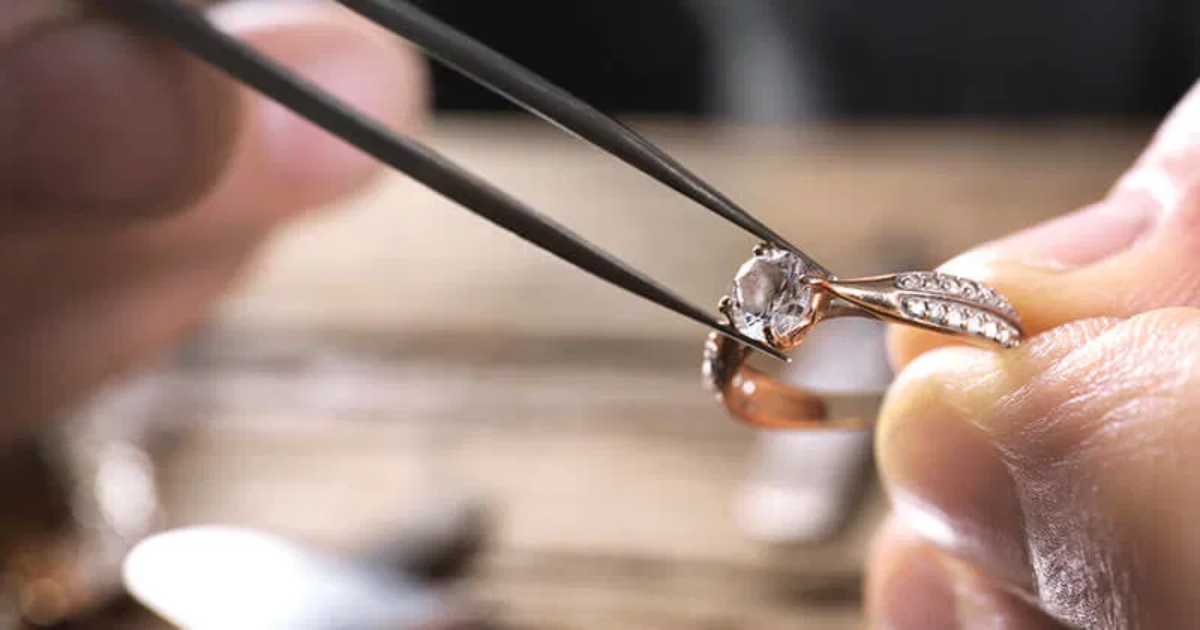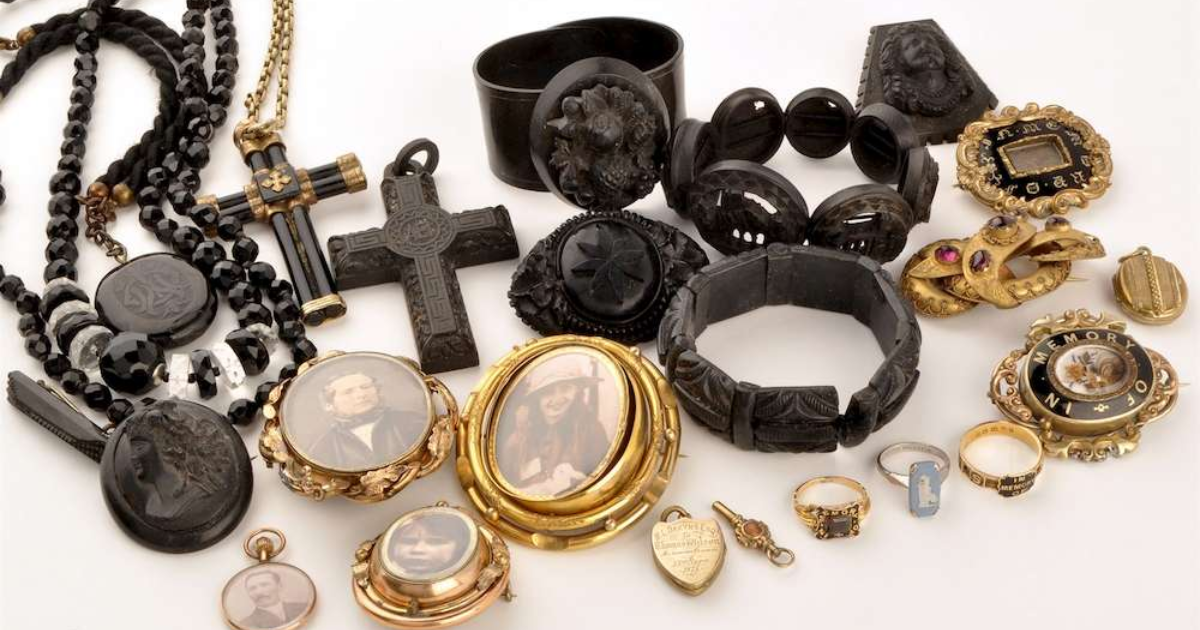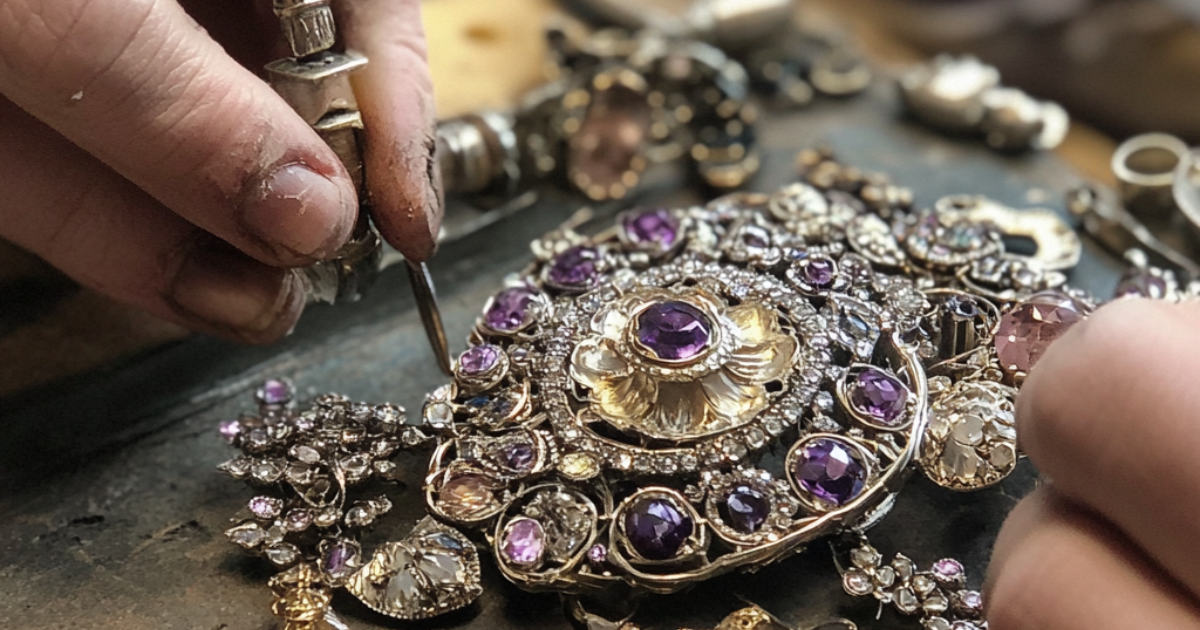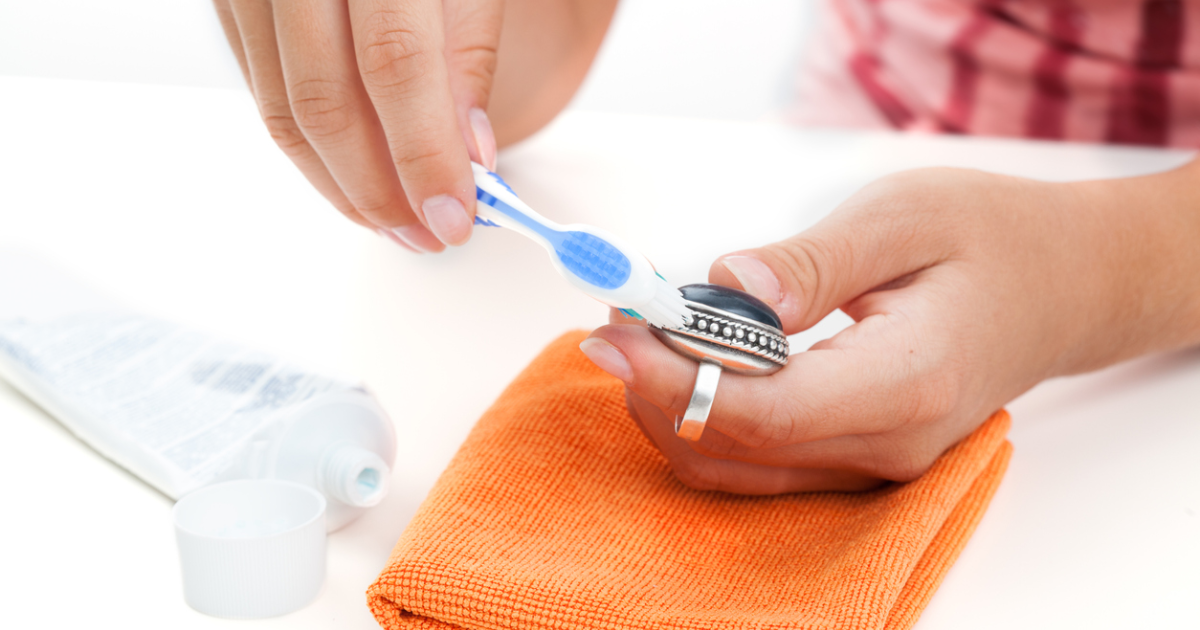How to Determine the Value of Estate Jewelry Before You Sell
When you open a jewelry box passed down through generations, you’re not just looking at metal and stones. You’re holding history. But if you’re thinking of selling, donating, or repurposing those pieces, one question naturally comes up, How to determine the value of estate jewelry?
The answer isn’t always simple. A ring from the 1920s might look modest, but it holds significant value due to its craftsmanship or provenance. On the other hand, a large, flashy necklace might have little resale value depending on its materials and design. Knowing how to determine the true value of estate jewelry is key to making smart decisions.
In this guide, we’ll walk you through everything you need to know, so you don’t leave money (or sentiment) on the table.
Understand What “Estate Jewelry” Really Means
First things first: estate jewelry refers to any pre-owned jewelry. It could be an antique from over 100 years ago, a vintage piece from the mid-century, or even something from the early 2000s. The term is broad, which is why determining value depends heavily on context.
You might own diamond jewelry passed down from your grandmother, or gold earrings gifted decades ago. Each piece has its own story, and that story plays into the appraisal process in more ways than you might think.
The Big 3: Materials, Craftsmanship, and Condition
When it comes to assessing value, materials are the obvious starting point. Pieces made of 18K gold or platinum will naturally carry a higher base value than costume jewelry. Diamonds and gemstones, if present, will be judged on clarity, cut, carat, and color.
Craftsmanship also plays a major role. Estate jewelry from well-known eras or with detailed handwork (like Art Deco or Edwardian styles) often fetches higher prices. And of course, condition matters. Even the most beautiful piece can lose value if it’s damaged or heavily worn.
The key here? You don’t need to guess. A professional jewelry appraisal from a reputable jewelry store in your area can reveal insights you may never have considered.
Does Designer or Brand Name Matter?
Absolutely. Jewelry from brands like Tiffany & Co., Cartier, or Harry Winston will command a premium, especially if the original box, certificate, or receipt is included. Signed designer pieces often hold or increase in value, especially when they become rare or collectible over time.
Even if your estate jewelry isn’t from a luxury brand, unique or custom designs can also carry value based on rarity and market trends. Don’t overlook anything.
Timing and Market Demand Can Influence Offers
The jewelry market, like any other, is influenced by demand. For example, vintage rose gold pieces might be highly sought-after one year and fall flat the next. If your piece fits a current trend, you might get more than you expect.
This is why timing matters. Working with diamond buyers or jewelry buyers who actively track the market can help you get the best offer at the right moment.
Ayan Jewelry Can Help You Navigate It All
The answer isn’t always simple. A ring from the 1920s might look modest, but it holds significant value due to its craftsmanship or provenance. On the other hand, a large, flashy necklace might have little resale value depending on its materials and design. That’s why understanding how to determine the value of estate jewelry is essential, it helps you recognize what’s truly valuable and make informed choices about whether to keep, sell, or repurpose your pieces.
If you’re considering selling or simply want to know the value of your heirlooms, visit Ayan Jewelry for a complimentary jewelry appraisal in Atlanta. We’re here to help you make the most informed (and confident) decision possible.












